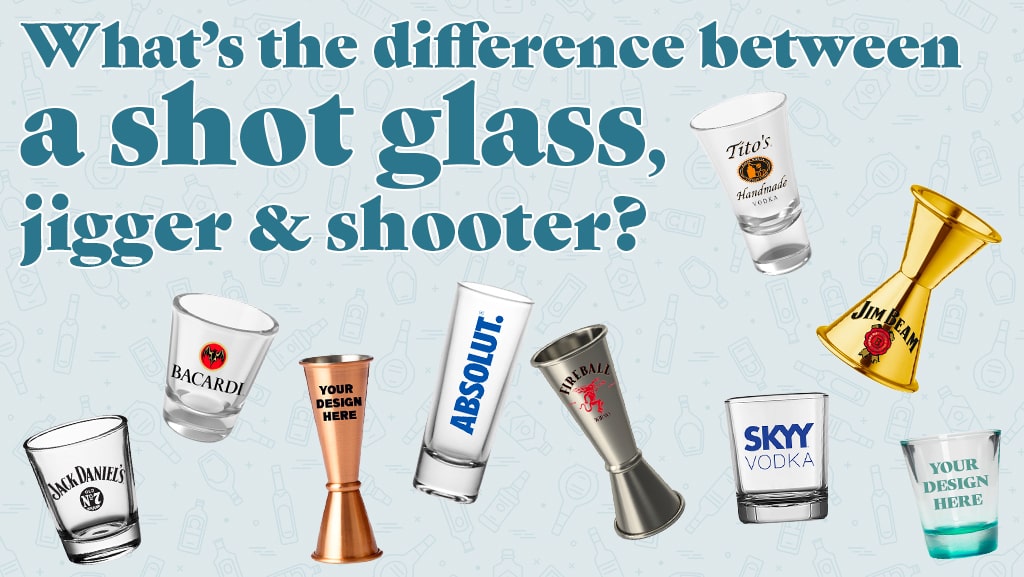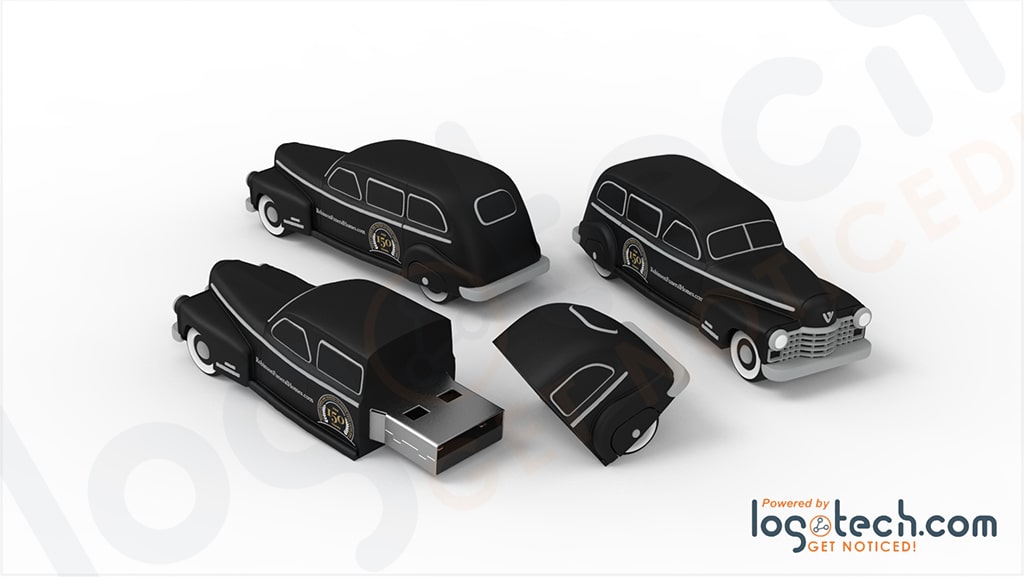
The Difference Between Jiggers, Shooters, and Shot Glasses
Your Guide to the Tools of Mixology
In the world of alcoholic beverages, craft and attention to detail can separate a memorable experience from a mundane one, and even the smallest components matter. In this landscape, the jigger, the shooter, and the shot glass emerge as simple yet essential tools that have evolved with unique characteristics and functions. Though they may appear similar at a glance, understanding their nuanced differences can bring a new level of appreciation to the art of mixing and enjoying drinks. This article aims to explain the distinct identities of these vessels. We'll answer questions like, "How many oz are in a shot?" and "where did the Jigger originate?" Strap in to learn everything you need to know about the jigger, shooter, and shot glass.
The Jigger
The jigger is both a curious-looking bar tool and a bartender's best friend for mixing the perfect cocktail. It's double-sided, allowing bartenders to measure two different volumes, usually to craft balanced and consistent drinks.
Origins of the Jigger
The jigger has a long and storied history that takes us back to the British naval traditions of the 18th century. Sailors would receive a ration of watered-down gin or rum in a small cup. This cup was eventually named a jigger, derived from 'jiggermast,' the fourth mast on a naval ship.
Jigger Characteristics
Traditional jiggers come in an hourglass shape with two different-sized ends for measuring. What are the standard pours on a jigger? The standard jigger sizing is 1.5 ounces on the larger side and 0.75 ounces on the smaller side, although variations on the standard jigger size can go up to two ounces and down to a half-ounce. Materials range from stainless steel for durability and ease of cleaning to glass or plastic. The jigger has several variations, like those with interior marking lines for additional measurement options.
Jigger Usage
Jiggers are the cornerstone of precise and consistent cocktail-making. Bartenders rely on them to measure the exact amount of liquor and other ingredients, ensuring that the cocktails are balanced in flavor and strength. Some complex cocktails require precise measurements down to the millimeter, and a jigger provides that level of accuracy.
The Shooter Glass
The shooter glass is a tall and narrow vessel. Whether it's used for sipping high-quality spirits or downing a mixed concoction, the shooter is about the quick and focused consumption of alcohol.
Origins of the Shooter Glass
The shooter's emergence in the 1970s signaled a bold and inventive chapter in the cocktail world. It was an era of experimentation, as bartenders and drink enthusiasts began to mix hard liquors with different flavored syrups, liqueurs, and even non-alcoholic beverages, often leading to shots with colorful names, like the B-52, Kamikaze, or Lemon Drop.
Shooter Glass Characteristics
In design, shooters are tall and narrow, which differs from traditional shot glasses' stout and wide shape. The shooter's size can range between 2 to 5 ounces, providing ample space for layering multiple spirits or liqueurs. They are mostly made of glass, but you can also find them in more durable materials like stainless steel, especially when they are part of travel or outdoor sets.
Usage of the Shooter Glass
Shooters offer more than just a way to consume straight liquor quickly. A shooter's alcohol can be complex, layered drinks, be used in tasting flights of different spirits or liqueurs, or even serve as a vessel for creative appetizers and desserts. Their shape makes them perfect for "shooting" drinks in one gulp, giving them a dynamic role in social drinking situations.
The Shot Glass
The shot glass is the jack-of-all-trades in the world of small alcohol vessels. While it serves a measuring function similar to the jigger, it also doubles as a drinking glass, allowing precision and pleasure in one tiny package.
Shot Glass Origins
The shot glass holds a special place in American drinking culture, becoming popular as far back as the 1930s. The etymology of the term 'shot' has been disputed. One proposed theory suggests it comes from the practice of using a shot glass to discard buckshot at dinner tables in pioneer times. Another theory is that the term comes from Friedrich Otto Schott, a German glassmaker.
Characteristics of the Shot Glass
So, how many ounces are in a shot of liquor? A standard shot glass in the U.S. holds 1.5 ounces. However, this can vary; some shot glasses hold up to 3.5 ounces. Primarily made of glass, variations in acrylic and stainless steel also exist. There are tons of specialized versions of shot glasses, like the "light-up" shot glass, which adds an element of spectacle to the drinking experience.
Shot Glass Usage
Though simple, the role of the shot glass is dual-faceted: it is used either to measure spirits for cocktails or to serve them for direct consumption, known colloquially as "taking a shot." The shot glass remains ubiquitous in bars and households, serving as an all-purpose measuring and drinking vessel.
Knowing the difference between a jigger, a shooter, and a shot glass is more than semantics—it's about appreciating these everyday items' craftsmanship, history, and cultural significance. Each brings something unique to the table, from the jigger's precision in cocktail crafting to the shooter's versatility and the shot glass's iconic status.
At Logotech, we offer a wide variety of branded shot glasses, shooters, and more glassware! If you're in the alcohol or hospitality industry, shooter glasses with your custom logo are an excellent way to get your brand noticed.
Frequently Asked Questions
Q: Are all shot glasses the same shape?
A: No, there are a variety of shapes for shot glasses, including round, square, and novelty designs.
Q: Is there a difference between a shot and a shooter?
A: A "shot" usually refers to a single spirit, while a "shooter" can be a mix of different spirits and other ingredients.
Q: How do I clean these glasses?
A: Glass and metal jiggers, shooters, and shot glasses are generally dishwasher safe. Plastic options should be checked for manufacturer instructions. Shooter glasses may require hand-washing due to their tall and narrow shape.
Q: What is a "pony shot"?
A: A "pony shot" refers to the smaller one ounce side of some jiggers.







